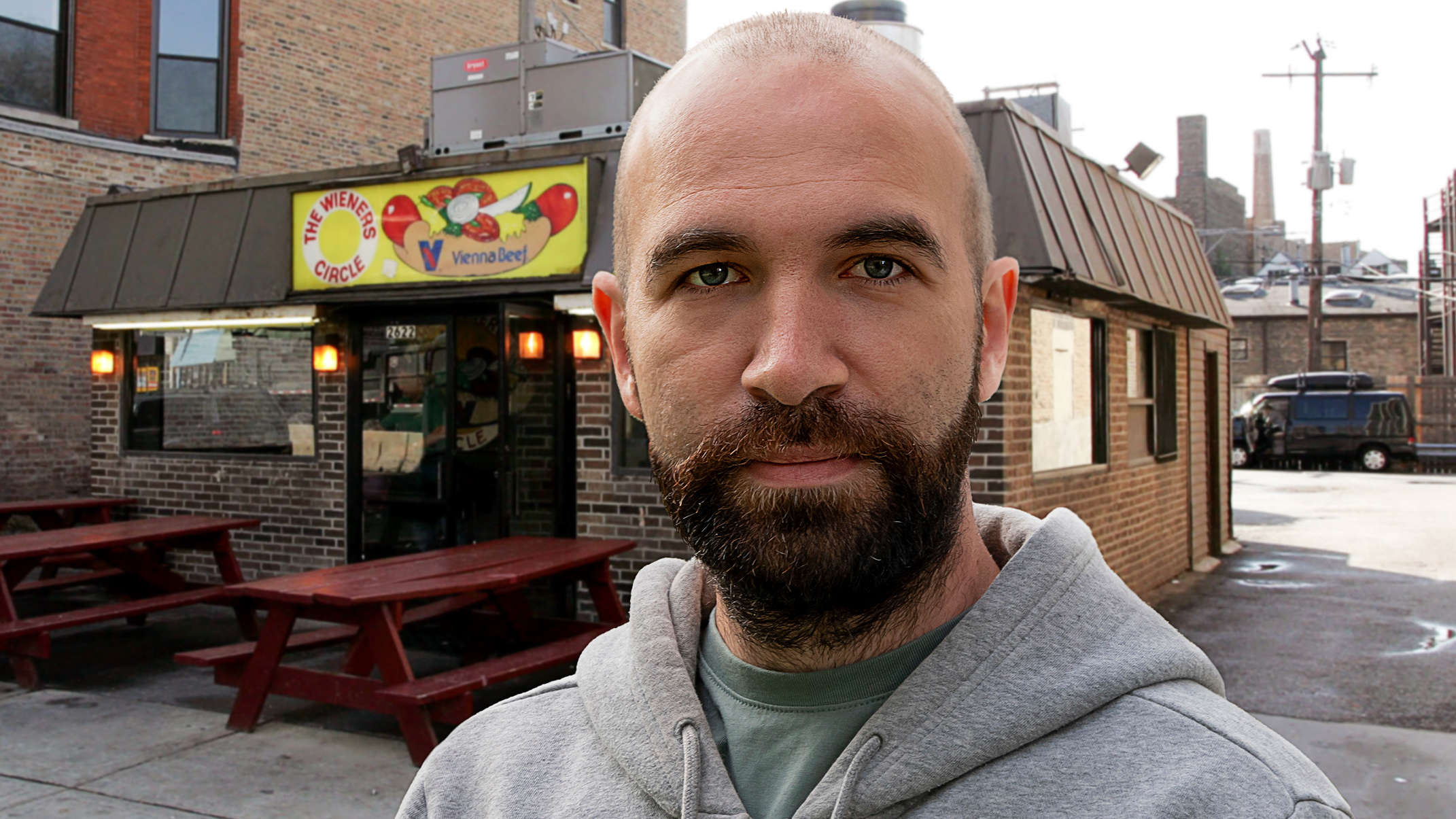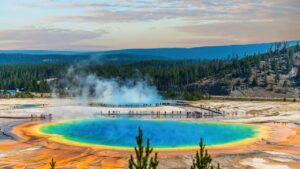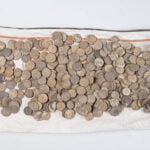The Mysterious Sleeves on California Gas Pumps: What Are They Hiding?
California: a land where Teslas and electric dreams dominate the roads, and where, as of early 2025, you’re more likely to find a charging plug than a gas pump. Sounds like heaven for EV enthusiasts, right? But wait—if you’re still clinging to the good ol’ gas pump life in the Golden State, you might have noticed something downright peculiar: plastic sleeves wrapped around the nozzles at gas stations. What are these funky contraptions, and why are they mostly a Californian quirk? Well, buckle up—because these sleeve-wrapped nozzles do more than just look weird; they’re actually part of a clever, ongoing dance with environmental protection and public health, even as the rest of the country waves them goodbye. Curious about why California clings to these oddities while others have tossed them aside? Let’s dive into the curious case of California’s gas pump sleeves—and discover just how these plastic doohickeys protect more than just your car’s tank. LEARN MORE.
California is, in many ways, an electric vehicle lover’s paradise. It has long led the charge (no pun intended) for sustainable automobile transport, giving rise to popular electric makes like Tesla and, as of early 2025, officially having more public vehicle chargers than gas pumps in the state.
Those using the remaining 120,000 gas pumps across California, though, have likely encountered something that sets them apart from those in most other states: plastic sleeves on the nozzles. Here’s what those weird accessories do, and why you don’t see them everywhere.
- How Gas Pump Sleeves Protect the Environment—And You
- Why California Kept the Sleeves on Its Gas Nozzles
How Gas Pump Sleeves Protect the Environment—And You
Resembling a black, plastic accordion, these covers wrap around the nozzle of the gas pump. Their purpose is to prevent fumes from the gasoline traveling inside from reaching the atmosphere. Hence their name: vapor recovery systems. These covers were invented because the vapors from gasoline not only contribute to air pollution, but contain the chemical benzene, which is carcinogenic to humans inhaling it.
Before 2012, these nozzles were mandated across 27 states that the Environmental Protection Agency (EPA) deemed “serious,” “severe,” or “extreme” in their ozone-damaging levels. Then, the EPA stopped mandating them, as the majority of cars on the road contained “onboard refueling vapor recovery” technology—a.k.a., the fueling mechanisms of the car itself help prevent those fumes from escaping. Vehicle-based vapor recovery methods became known as Stage I mechanisms, and the nozzle covers became known as Stage II. States were then given the ability to regulate things as they saw fit.

Some states, like Maine, New Hampshire, Vermont, and Wisconsin, quickly worked to eliminate their requirements. New York has phased out the Stage II devices in favor of stricter requirements for onboard vapor recovery. But some places, like California and parts of Washington and Nevada, never repealed the mandate. There, you’re likely to spot these funky nozzle covers while filling up.
Why California Kept the Sleeves on Its Gas Nozzles
The continued regulations make sense given California’s dedication to environmental concerns as well as its particular vulnerability to the air pollution produced by cars. There are more cars registered there than in any other state, with more than 7 million registered vehicles in Los Angeles County alone.
The California Air Resources Board—a body dedicated to preserving California’s air quality, especially in populous cities that have historically struggled with smog, like L.A.—even has a certification process that new vapor recovery systems must undergo to prove their functionality before being installed at gas stations. Californians thus seem to be double protected from the dangers posed by gasoline fumes, even if the nozzle covers do look a little strange.
To see your state’s regulatory status regarding Stage II recovery mechanisms, check out the interactive map here . Or, if you prefer, you could just take a quick trip down to your local gas station.
Read More About Gas Stations:
Auto Amazon Links: No products found.














